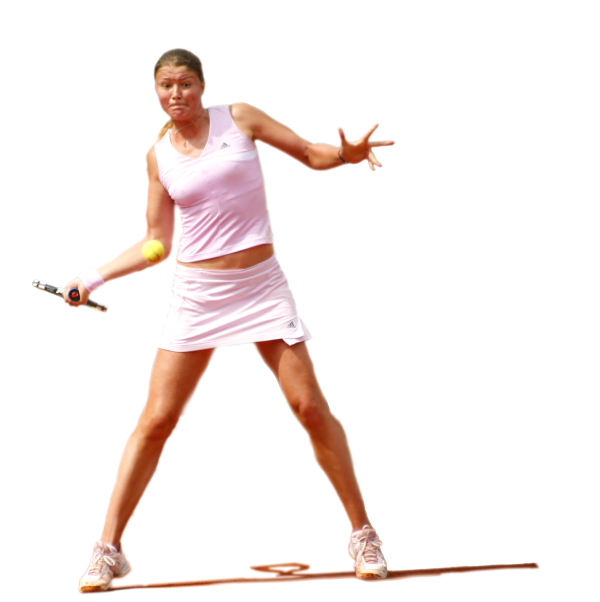








Bio-data
Andrew "Joey" Johns (born 19 May 1974 in Cessnock, New South Wales) is an Australian former professional rugby league footballer of the 1990s and 2000s who is considered by some critics one of the greatest players of all time, and was heralded as the world's best halfback for a number of years. He captained the Newcastle Knights in the National Rugby League and participated in the team's first two premiership victories in 1997 and 2001, playing a club record 249 games for the Knights. Johns also represented his country at 2 World Cups, and on 1 Kangaroo tour, playing in total 21 Test matches for the national side. He played in 23 games for New South Wales in State of Origin (captaining the side to a series win in 2003), and twice played for the Country Origin side in 1995 and 1996.
Johns announced his retirement from rugby league on 10 April 2007 at the age of 32. This followed a long run of injuries, the last of which was a bulging disc in his neck which forced his retirement due to the risk of serious spinal injury from further heavy contact. In The Daily Telegraph on 11 April 2007, one day after retiring, some of the game's greats, including other "Immortals" called for him to be made an immortal of the game. Andrew Johns is one of only two players to have won the Golden Boot Award more than once and is the only player to have won the Dally M Medal for best player in the NRL three times. He finished his career as the highest points scorer in Australian first grade premiership history with 2,176 points.
In 2008 Johns was named as the 'Best Player of the Last 30 Years' by Rugby League Week and was also named as halfback of the New South Wales and Australian teams of the century.
Early Days
Andrew Johns began playing junior rugby league in his home town of Cessnock, New South Wales. At an early age it was evident he had plenty of playing ability and Johns joined the Newcastle Knights junior ranks at 15 years of age in 1989. Four years later, at 19 years of age, the opportunity at first grade presented itself to Johns as he was tested off the bench during the 1993 season in a handful of games. The following year in the last pre-season trial for the 1994 season, Matthew Rodwell, Newcastle's then-regular halfback sustained a knee injury handing Johns his golden opportunity. Subsequently he was named in the starting line-up against the South Sydney Rabbitohs and in his debut match made an immediate impact as he amassed 23 points and was awarded the 'Man-of-the-Match'. He soon formed a winning partnership with his older brother, Matthew Johns, who had played five-eighth at the Knights since 1991.
Noticeable:World Cup Football is knocking at your door.So If you wanna watch live World Cup Football of everyday with free online then you have to visit into this blog or into the link: http://sportscelebritynews.blogspot.com

















































